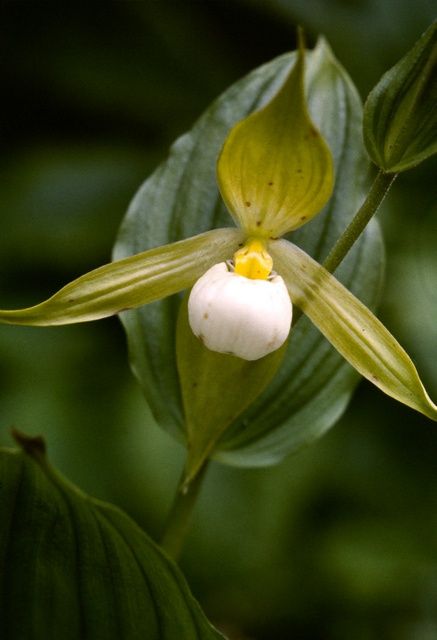
Plants perennial, terrestrial, epiphytic or lithophytic, sometimes mycotrophic; growth monopodial or sympodial; roots adventitious, often aerial, sometimes assimilatory. Stems usually leafy, often with one or more swollen internodes forming pseudobulbs. Leaves usually entire, alternate or opposite, often distichous, plicate or convolute; membranous to coriaceous, often terete or reduced to scale-like bracts, usually sheathed. Inflorescences erect or pendent; spicate, racemose or paniculate, 1- to many-flowered; basal, lateral or terminal. Flowers small to large; zygomorphic; sessile or variously pedicellate; resupinate or non-resupinate. Sepals three, free or connate; dorsal sepal often dissimilar to lateral sepals; lateral sepals sometimes adnate to the column to form a saccate, conical or spur-like mentum. Petals three (medial petal distinguished from the others as the lip), usually free. Lip entire or variously lobed, often with ornamented calluses, with or without a basal spur or nectary. Column short or long, with or without a basal foot, winged or lacking wings; fertile anther one (rarely two or three), terminal or incumbent, cap-like or dehiscing; pollen often agglutinated into discrete masses called pollinia; pollinia mealy, waxy or horny, soft or hard, sectile or not, 2, 4, 6, or 8, sessile or attached by caudicles or stipes to one or two viscidia forming a pollinarium; stigma 3-lobed, midlobe often modified to form a rostellum. Ovary inferior, unilocular with parietal placentation or rarely 3-locular with axile placentation. Fruit a capsule, usually opening laterally; seeds numerous, dust-like.
Images
not available
not available

